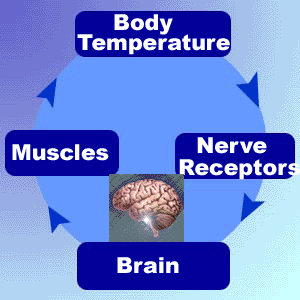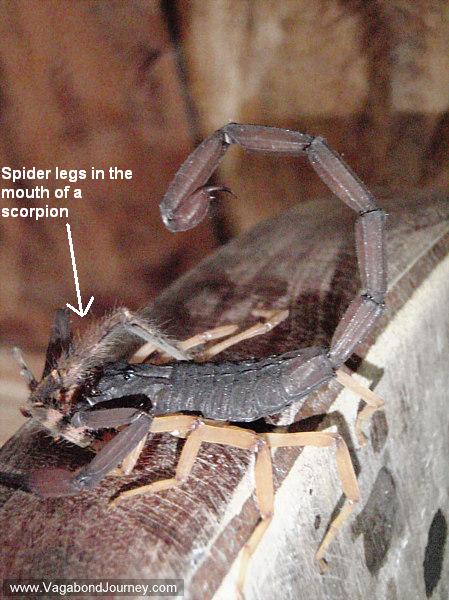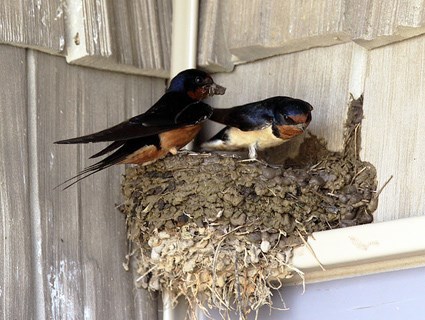Your Science Article should be handwritten NEATLY or typed and shared with my pconsidine@pershing220.org account.
Follow these simple steps to make an A!
1) Summarize the article in 5-7 sentences (i.e. What is the article about?)
2) How does this affect us? (1 sentence min.)
3) Why is this important? (1 sentence min.)
4) How is this science related? (1 sentence min.)
5) Pick a science word and write its definition. Use a dictionary or www.dictionary.com
6) Draw a picture!
7) Make sure to include your source. i.e. Where did you get your information from? website url, magazine title and date, newspaper title and date
1. The facts about cells
https://newsela.com/read/lib-facts-cells/id/36376/
2. History of the cell: Discovering the cell
3. All the cells in the human body
























